When it comes to car design, not every model hits the mark. Some vehicles have left a lasting impression, but not for the right reasons. From awkward aesthetics to practical missteps, these design flaws have made certain cars stand out—but not in a good way. We’ll take a closer look at 20 vehicles that missed the mark with their design, and explore what went wrong.
Contents
Pontiac Aztek
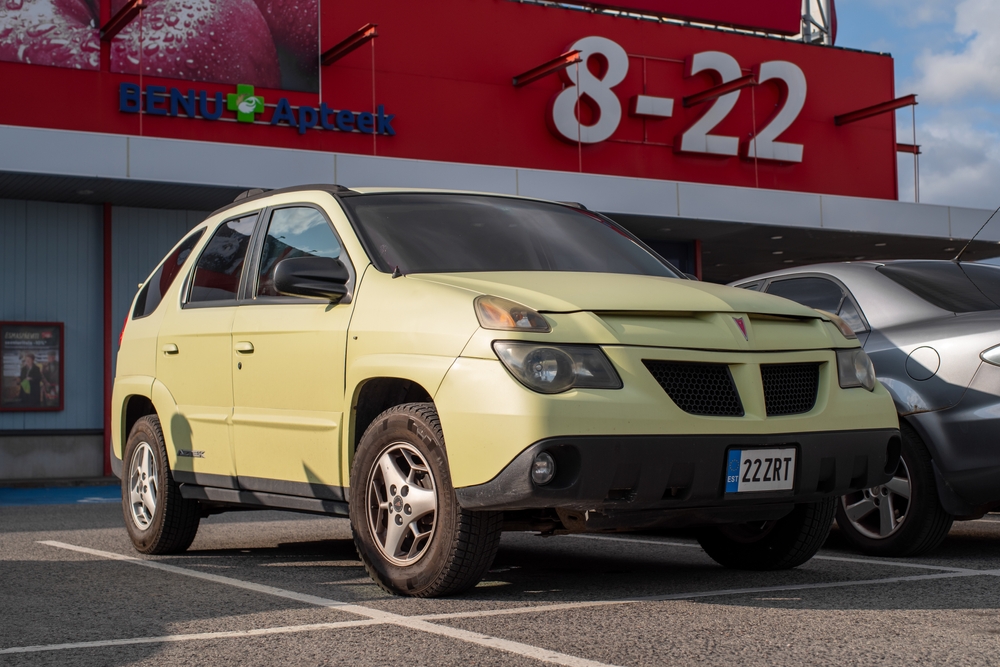
The Pontiac Aztek is often remembered for its awkward and polarizing design, which many found unattractive. Its boxy and mismatched angles failed to resonate with consumers, leading to widespread ridicule. Despite its practical features, the vehicle’s odd proportions overshadowed any functionality it offered. Sales suffered as a result, and the Aztek quickly became an infamous example of poor design choices in automotive history.
Ford Pinto
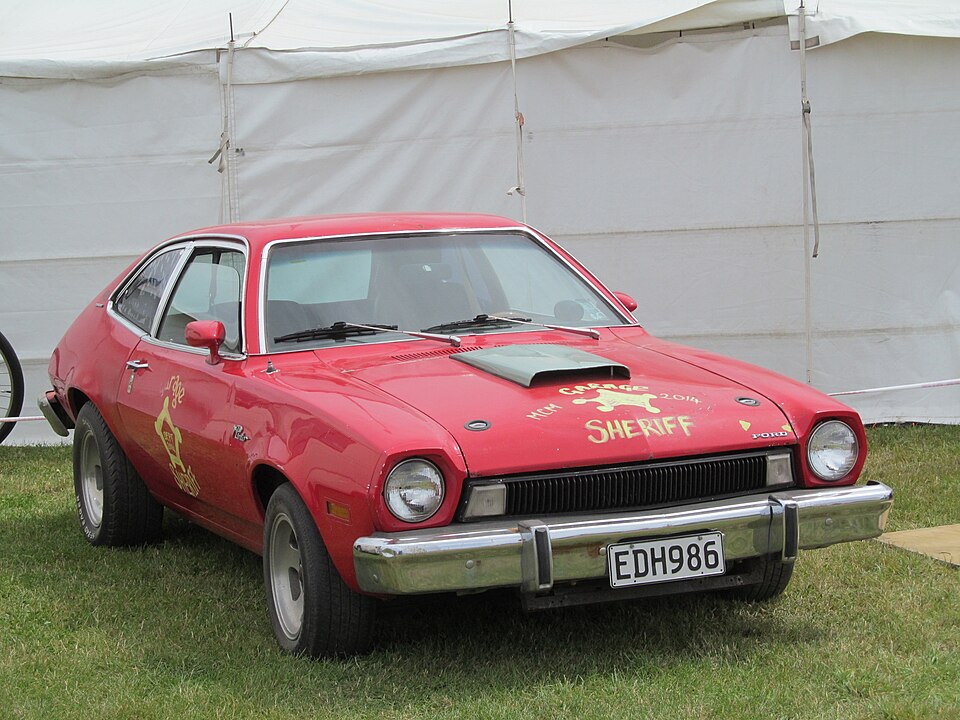
The Ford Pinto is notorious for a critical design flaw that went beyond aesthetics, posing a severe safety risk. Positioned in a vulnerable spot, its fuel tank could rupture during rear-end collisions, causing deadly fires. This flaw led to tragic accidents and one of the most infamous recalls in the history of the automotive industry.
AMC Pacer
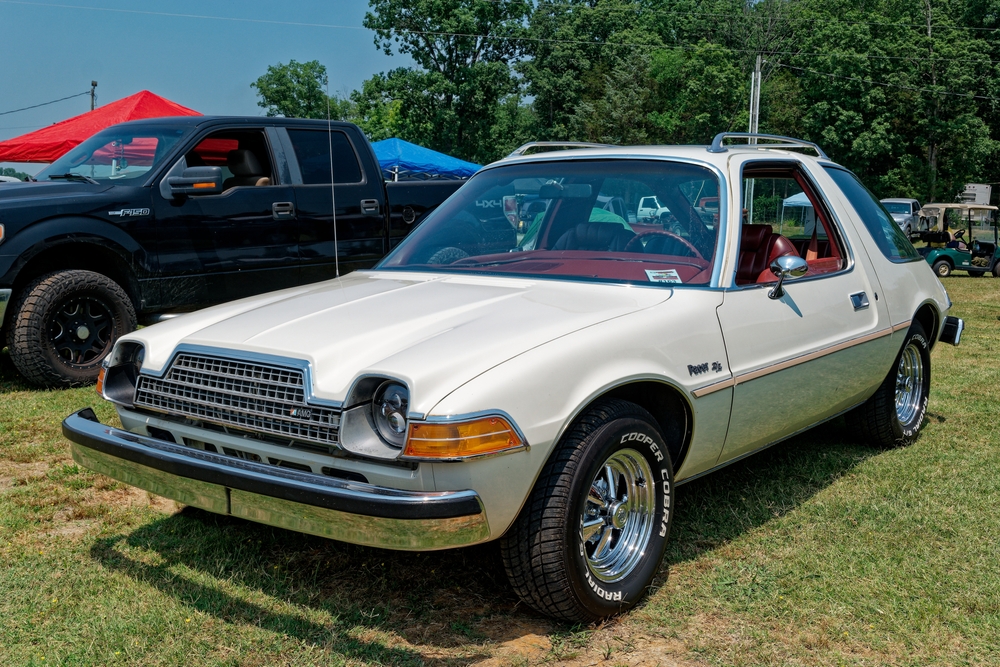
Designed to be futuristic, the AMC Pacer instead became known for its odd, bubble-like appearance. The car’s wide body combined with a narrow track resulted in a peculiar stance that many found unappealing. Inside, the heavy doors and poor aerodynamics detracted from its overall usability. The Pacer’s design, intended to stand out, ultimately led to its downfall as it failed to attract a broad audience.
Hummer H2

While the Hummer H2 was conceived as a civilian version of a military vehicle, its massive size and poor fuel efficiency made it impractical for everyday use. Maneuvering and parking this behemoth in urban settings proved to be a challenge for many drivers. Despite its large exterior dimensions, the interior felt surprisingly cramped. Its environmental impact and impracticality led to widespread criticism, eventually diminishing its popularity.
Chevrolet SSR

The Chevrolet SSR’s attempt to blend a pickup truck with a convertible roadster resulted in a design that left many consumers confused. Retro-inspired, the vehicle’s look didn’t resonate as Chevrolet had hoped. In addition, its performance fell short of expectations, further diminishing its appeal. The limited cargo space and awkward handling sealed its fate, leading to a short production run and disappointing sales.
DeLorean DMC-12
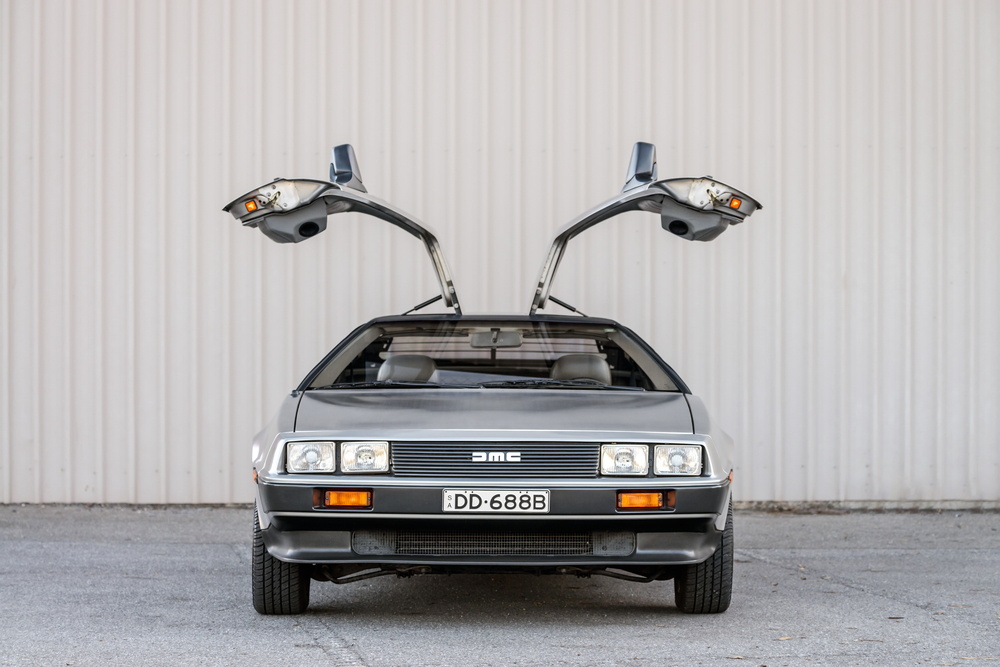
Though the DeLorean DMC-12 gained iconic status thanks to its role in pop culture, it was riddled with design flaws. The gullwing doors, though visually striking, were heavy and often malfunctioned. Moreover, the stainless steel body, while unique, was difficult and costly to maintain.
Fiat Multipla
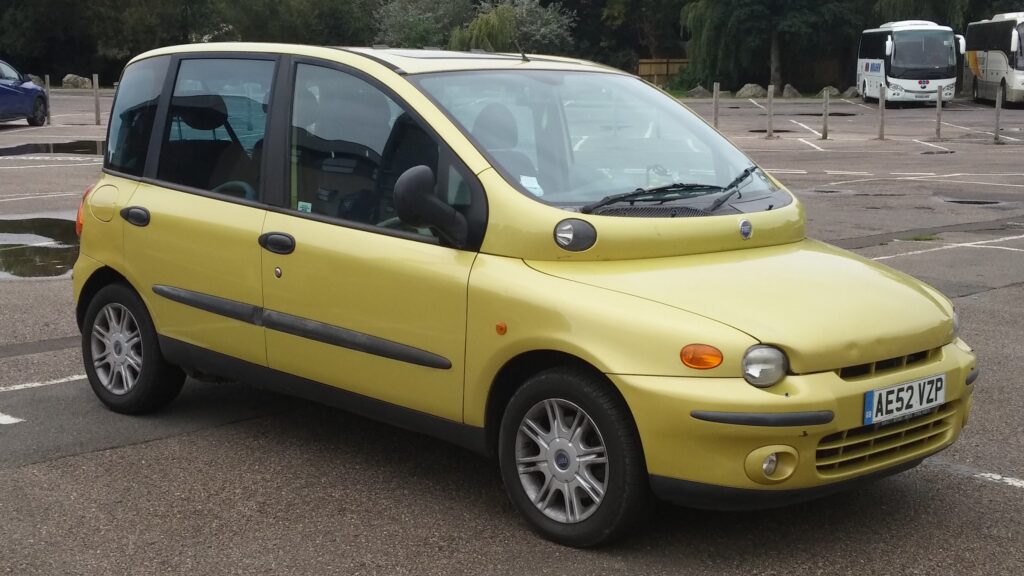
Frequently cited as one of the ugliest cars ever made, the Fiat Multipla’s design choices were unconventional and off-putting. The bulging front end and odd proportions gave it an unbalanced appearance that was hard to love. Inside, the cabin was spacious, but the dashboard’s layout was confusing to many drivers.
Cadillac Cimarron
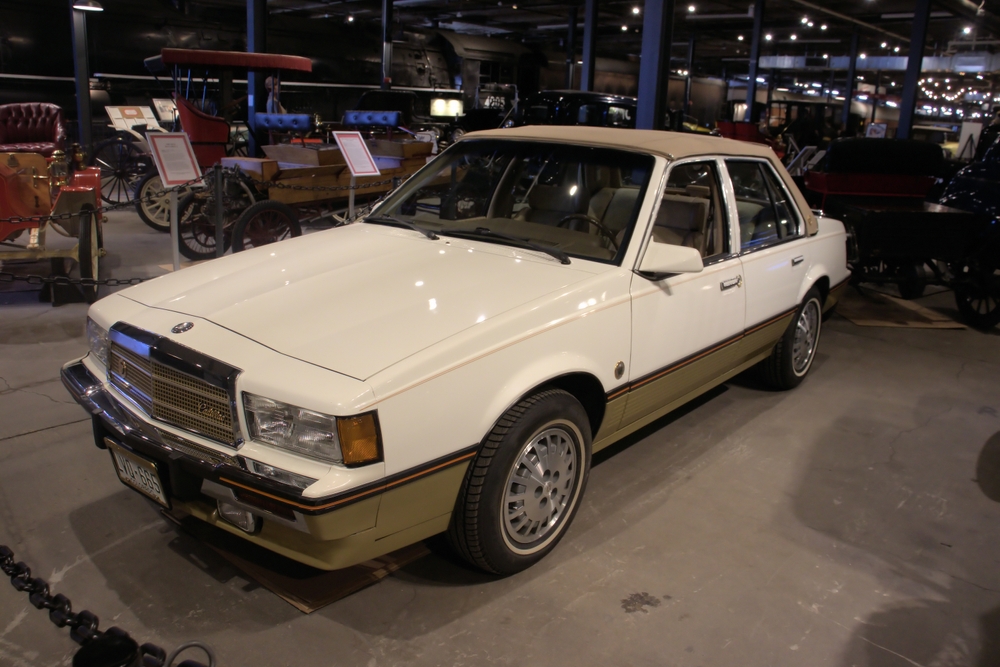
The Cadillac Cimarron is often remembered as a prime example of failed badge engineering. Essentially a dressed-up Chevrolet Cavalier, the Cimarron lacked the luxury features expected of a Cadillac. Consumers were quick to notice the minimal differences, leading to backlash. The Cimarron’s lack of distinctiveness, coupled with poor build quality, made it one of Cadillac’s most significant missteps.
Nissan Murano CrossCabriolet
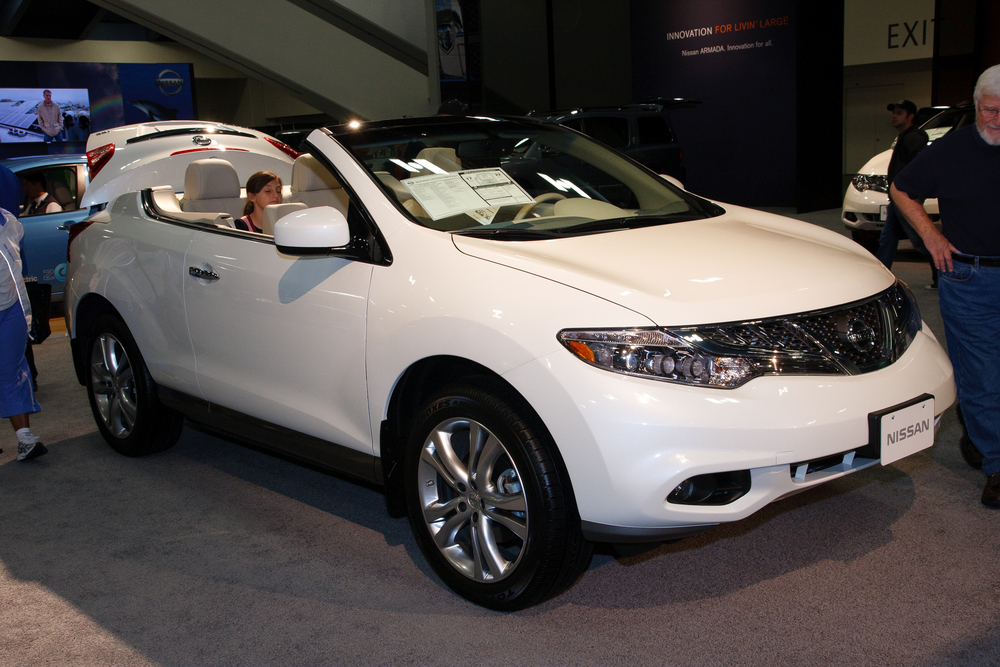
An unusual attempt to create a convertible SUV, the Nissan Murano CrossCabriolet missed the mark in both style and practicality. Its awkward proportions and unattractive design drew widespread criticism from the start. The vehicle’s weight and compromised structural integrity only added to its list of flaws. After a short production run, the CrossCabriolet was discontinued, a testament to its failed design.
Jaguar X-Type
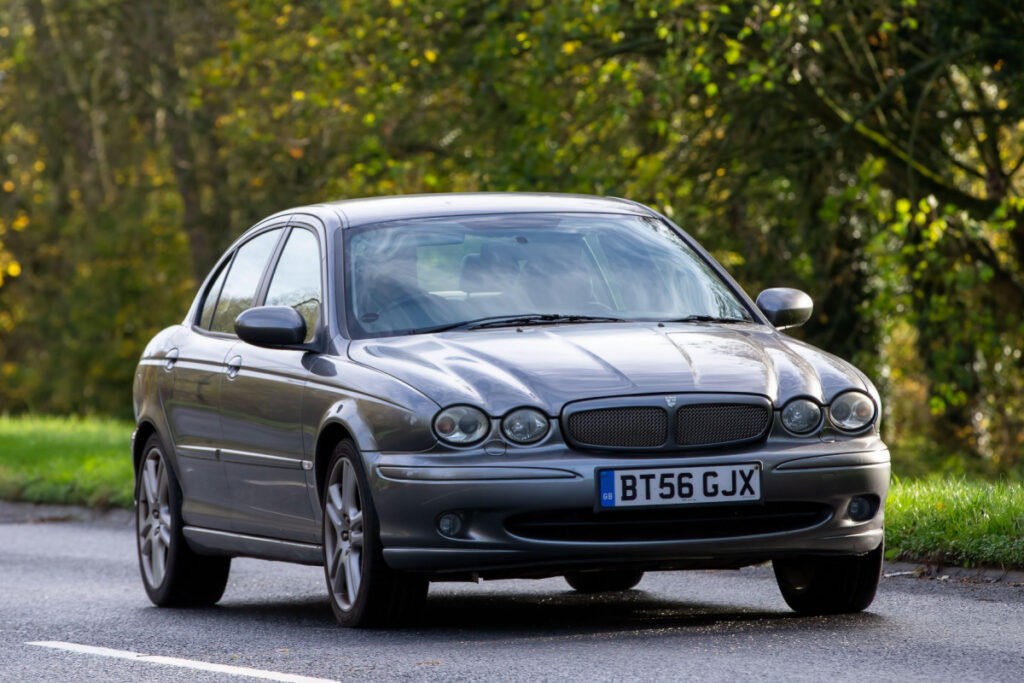
Jaguar’s attempt to enter the compact luxury sedan market with the X-Type fell flat due to a lackluster design. Based on the Ford Mondeo, the X-Type failed to embody the elegance and refinement associated with the Jaguar brand. Its conservative styling did little to excite buyers, and the uninspired interior only compounded the problem.
Chrysler PT Cruiser
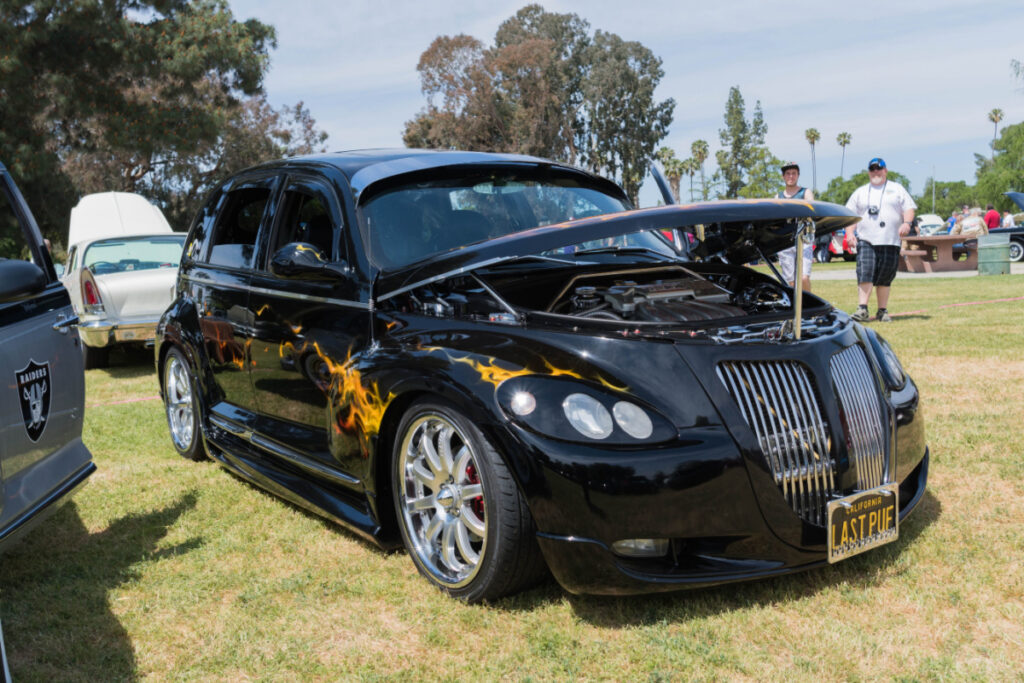
The Chrysler PT Cruiser aimed to evoke nostalgia with its retro-inspired design, but it quickly polarized opinions. Some appreciated its unique styling, while others found it awkward and out of place. Unfortunately, the vehicle’s underwhelming performance and lackluster interior features didn’t help its case. Over time, what initially seemed like a bold design choice became more of a gimmick, leading to a decline in popularity.
Yugo GV
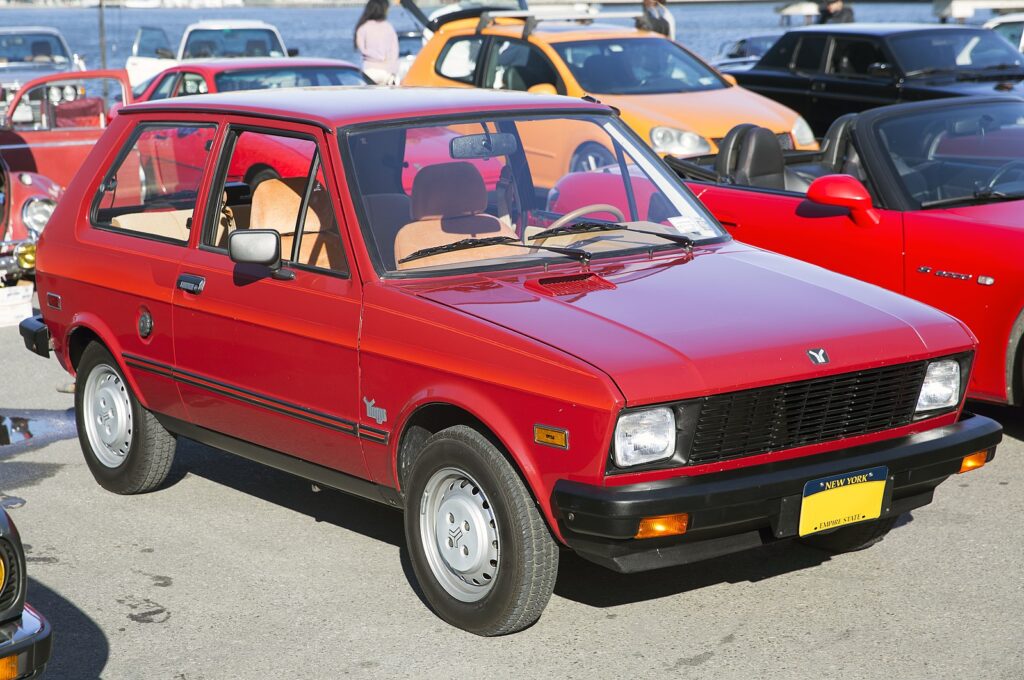
The Yugo GV is often considered one of the worst cars ever made, largely due to its numerous design flaws. Built on outdated technology, the vehicle was cheaply constructed and plagued with frequent mechanical issues. Its boxy and unattractive design did little to endear it to buyers, and it quickly gained a reputation for poor reliability.
Saab 9-2X

The Saab 9-2X, often referred to as the “Saabaru,” was essentially a rebadged Subaru Impreza with minimal modifications. The vehicle’s design failed to capture the distinctiveness of the Saab brand, leaving many loyal customers disappointed. Lacking unique styling or features, the 9-2X felt more like a half-hearted attempt to expand Saab’s lineup.
Lincoln Blackwood
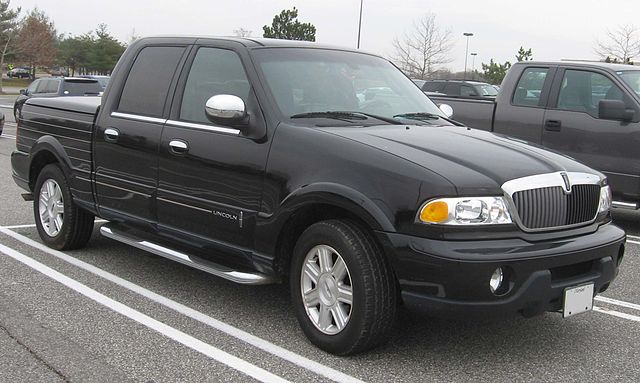
Lincoln’s foray into the luxury pickup market with the Blackwood was marred by impractical design choices. The truck bed, lined with carpeting and featuring limited functionality, failed to meet the needs of traditional pickup buyers. Combined with a high price tag, the Blackwood’s lack of utility made it a tough sell.
Subaru B9 Tribeca
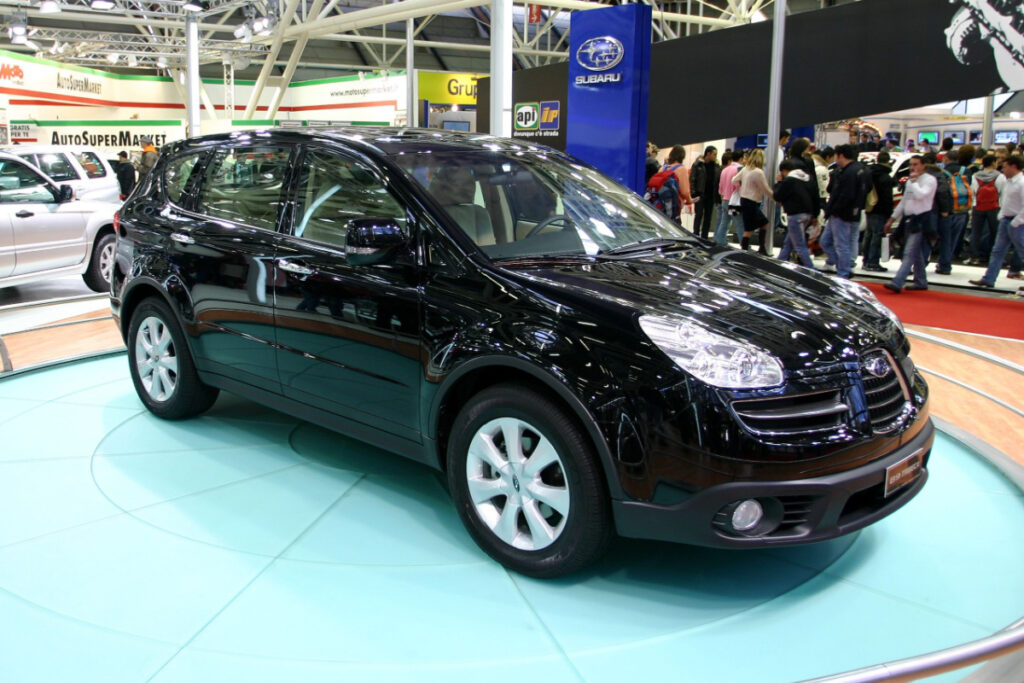
The Subaru B9 Tribeca drew immediate criticism for its unconventional front grille, which many compared to a flying saucer. The vehicle’s polarizing design was further hampered by a cramped third-row seating arrangement that made it less practical than its competitors. Even though Subaru redesigned the front end in later models, the damage to the Tribeca’s reputation was already done. The initial design flaws contributed to its lackluster sales and eventual phase-out.
Suzuki X-90
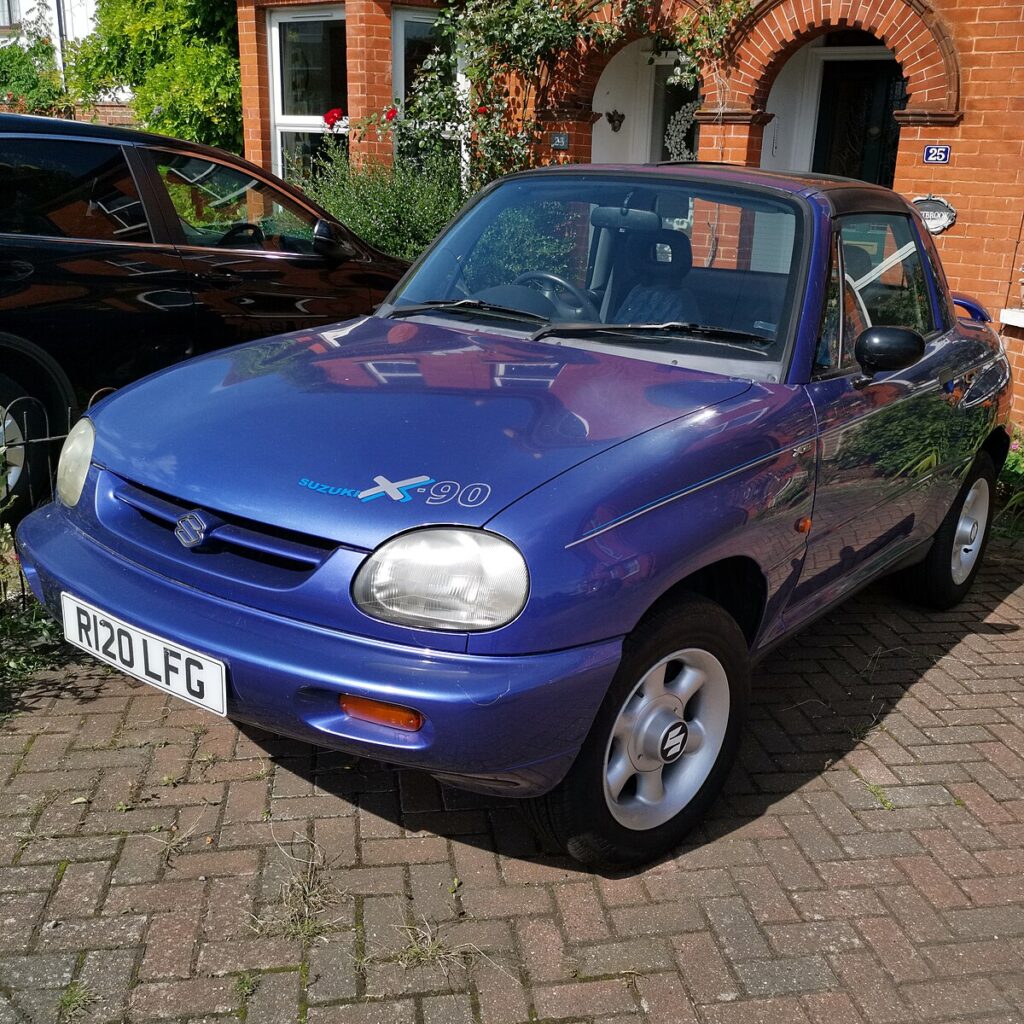
The Suzuki X-90’s attempt to combine the characteristics of an SUV and a coupe resulted in a vehicle that struggled to find its niche. Its small size, two-seater configuration, and T-top roof made it impractical for most buyers. The X-90’s odd proportions and limited utility led to poor sales and a brief production run. Ultimately, the vehicle’s design flaws made it a commercial failure in the growing SUV market of the 1990s.
Mitsubishi Eclipse Cross
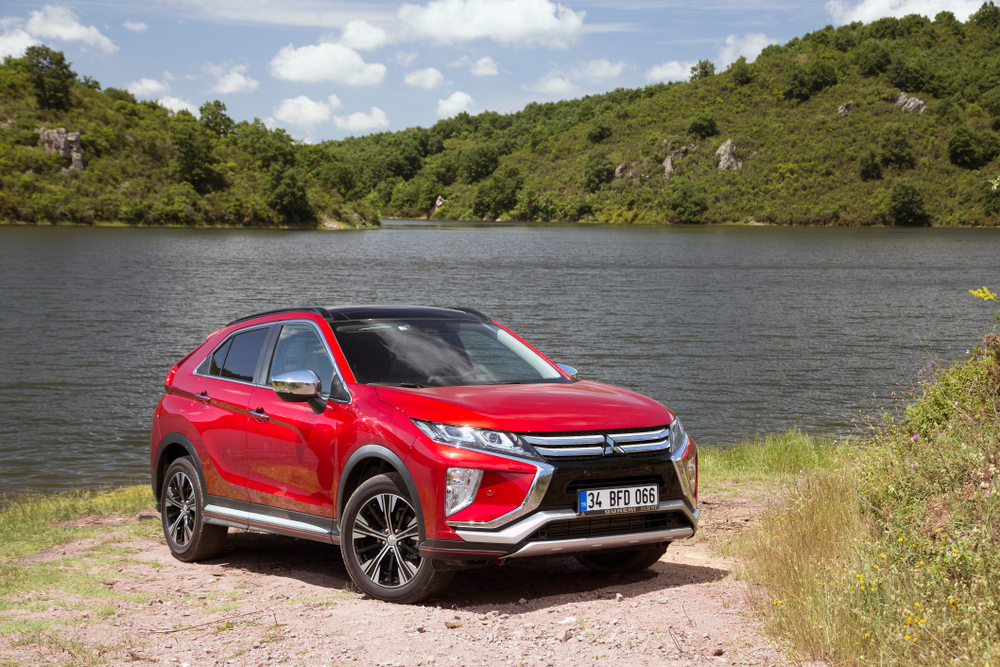
The Mitsubishi Eclipse Cross was met with criticism largely due to its design, particularly the split rear window that compromised visibility and aesthetics. The decision to repurpose the “Eclipse” name, previously associated with a beloved sports car, on a crossover further alienated fans. Its uninspired design and lackluster performance did little to set it apart in a competitive market. The Eclipse Cross’s design missteps contributed to its lukewarm reception.
Saturn Ion
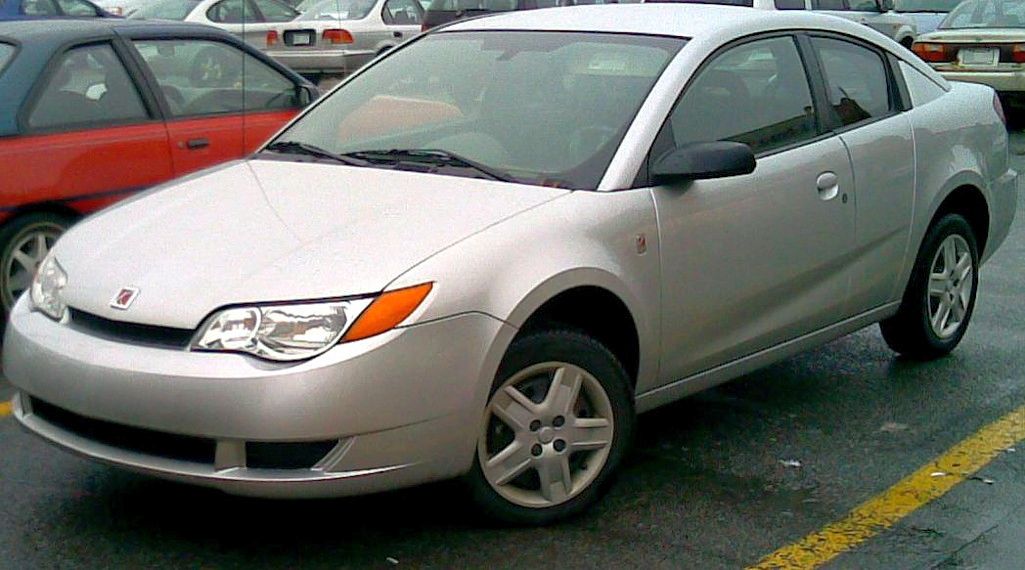
The Saturn Ion faced widespread criticism for its cheap interior materials and unconventional design choices, like the centrally mounted instrument cluster. The vehicle’s exterior styling was bland, failing to capture the interest of potential buyers. Additionally, the Ion’s build quality was often called into question, with numerous reports of mechanical issues.
Mercedes-Benz R-Class
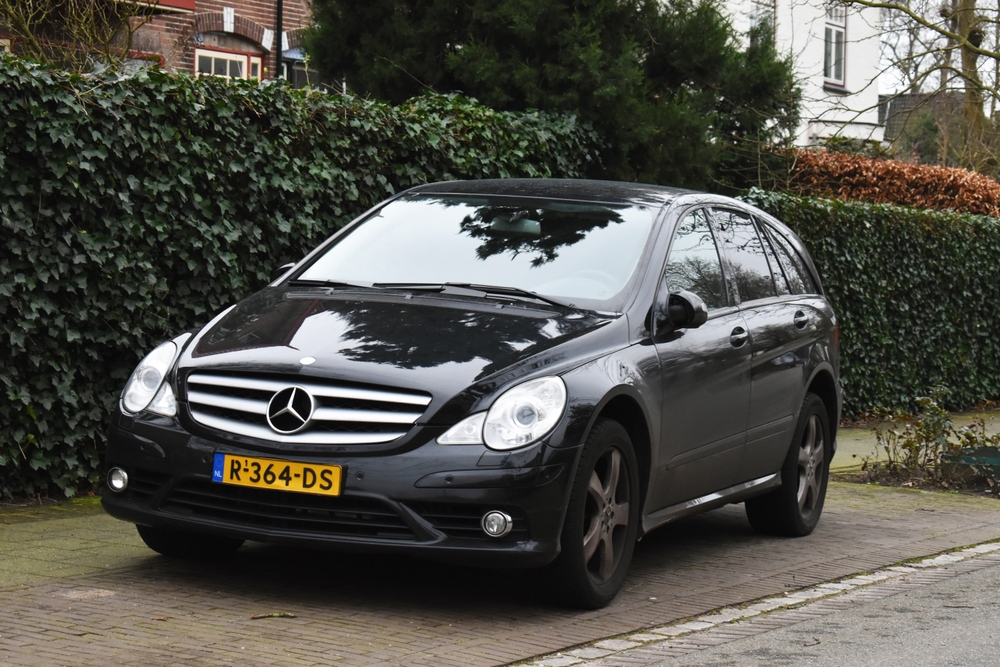
The Mercedes-Benz R-Class aimed to blend the characteristics of a minivan, SUV, and luxury vehicle, but the end result was confusing for consumers. Its long, ungainly proportions made it look more like a van than a premium automobile, which was not what buyers expected from the brand. With a high price tag and unclear identity, the R-Class struggled to find its place in the market.
Smart ForTwo
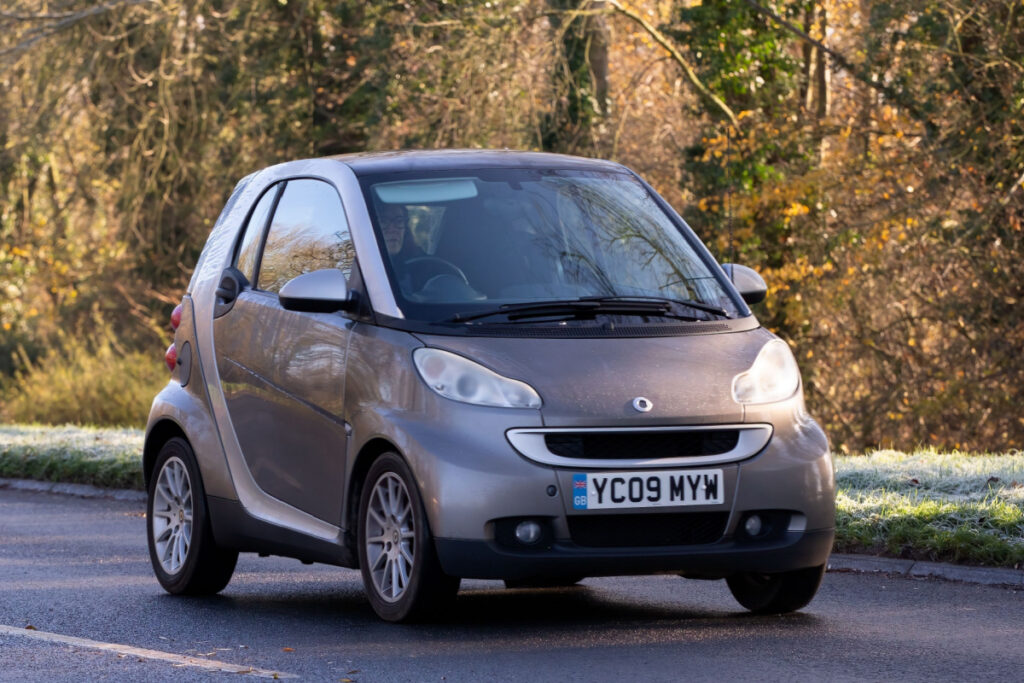
The Smart ForTwo, known for its compact size, introduced several design challenges that limited its appeal. The vehicle’s short wheelbase and narrow track made it prone to instability, especially at higher speeds. Additionally, its diminutive size restricted practicality, offering minimal cargo space and a cramped interior. While its small footprint was advantageous in urban environments, the ForTwo’s design flaws hindered its broader market success.
This article originally appeared in MyCarMakesNoise.
More from MyCarMakesNoise
13 Priciest Motorcycles Ever Sold at Auction
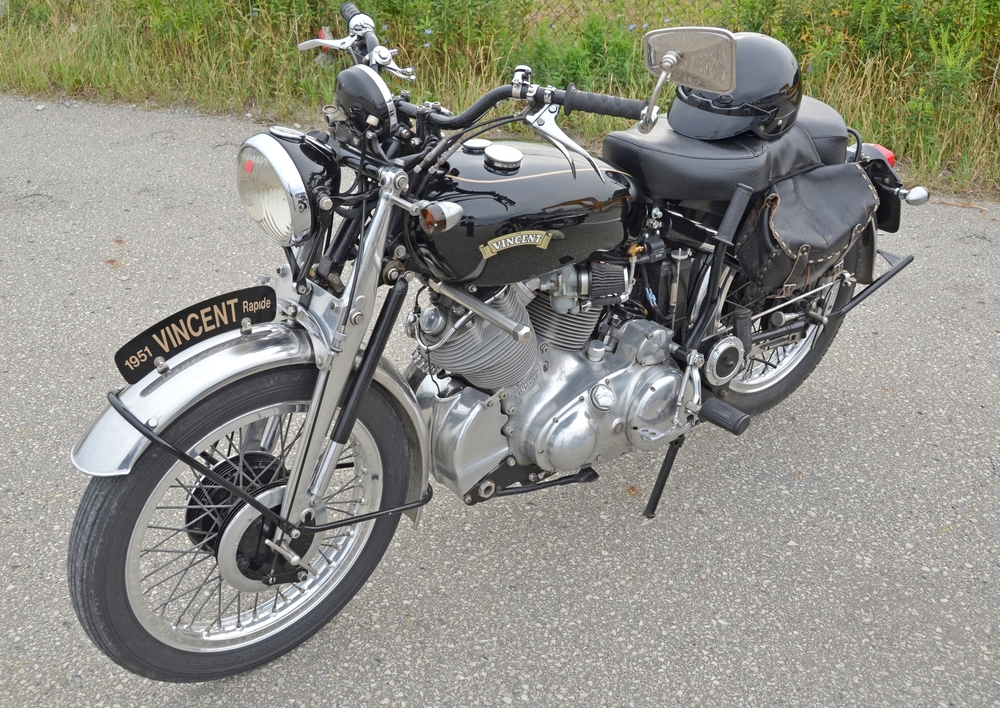
Motorcycle enthusiasts and collectors alike are always on the lookout for rare and valuable bikes. The auction world has seen some truly extraordinary sales, where historic and iconic motorcycles have fetched jaw-dropping prices. Read More.
The Top 15 Fastest American Cars of All Time

The pursuit of speed is a hallmark of American automotive ingenuity. From thunderous muscle cars to advanced supercars, the United States has been at the forefront of producing vehicles that combine breathtaking power with cutting-edge technology. Read more.
20 Bad Habits That Damage Your Engine
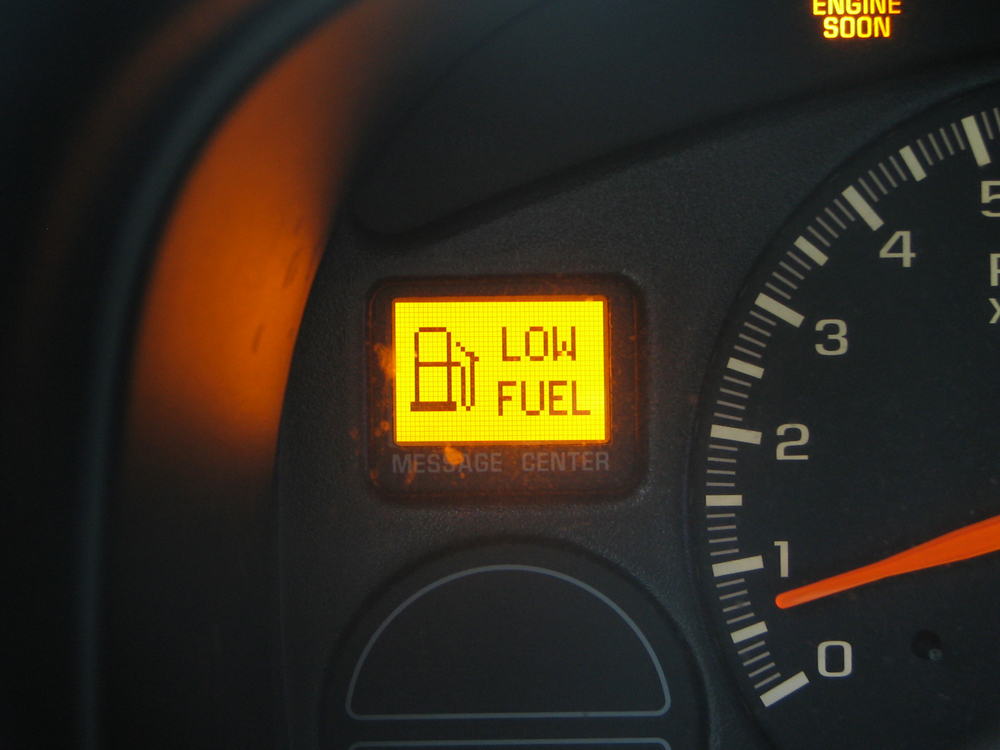
Your car’s engine is the heart of your vehicle, and keeping it healthy is crucial for its longevity and performance. However, many drivers unknowingly engage in habits that can cause significant engine damage over time. Read more.














